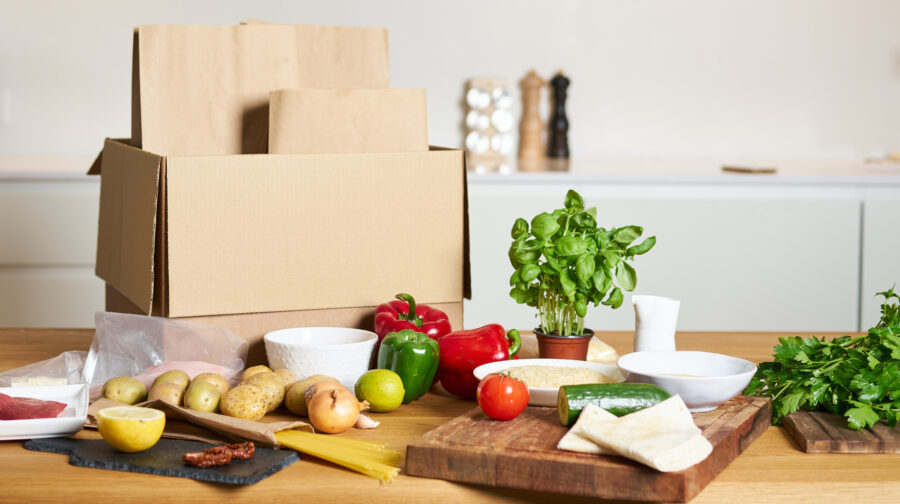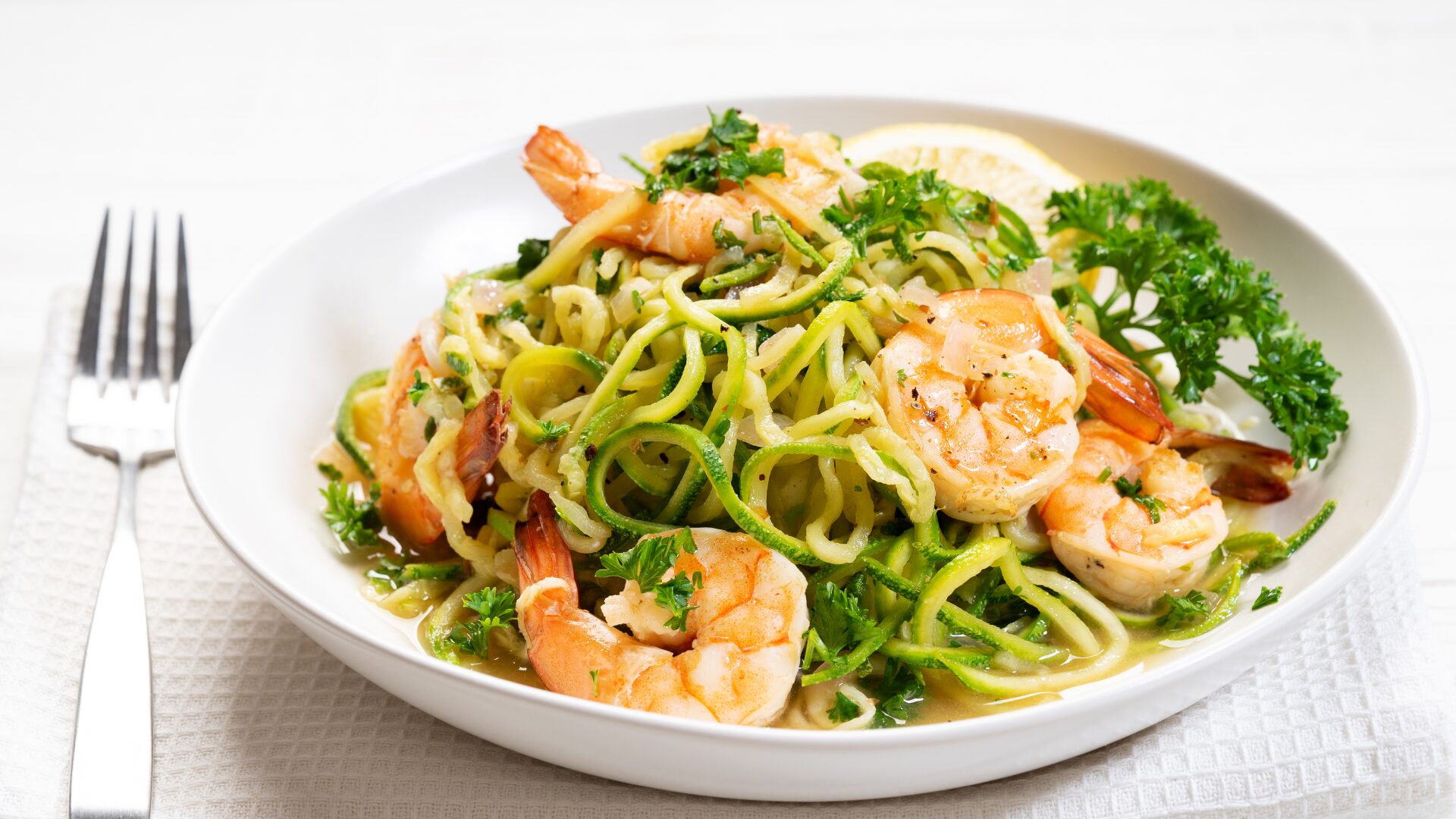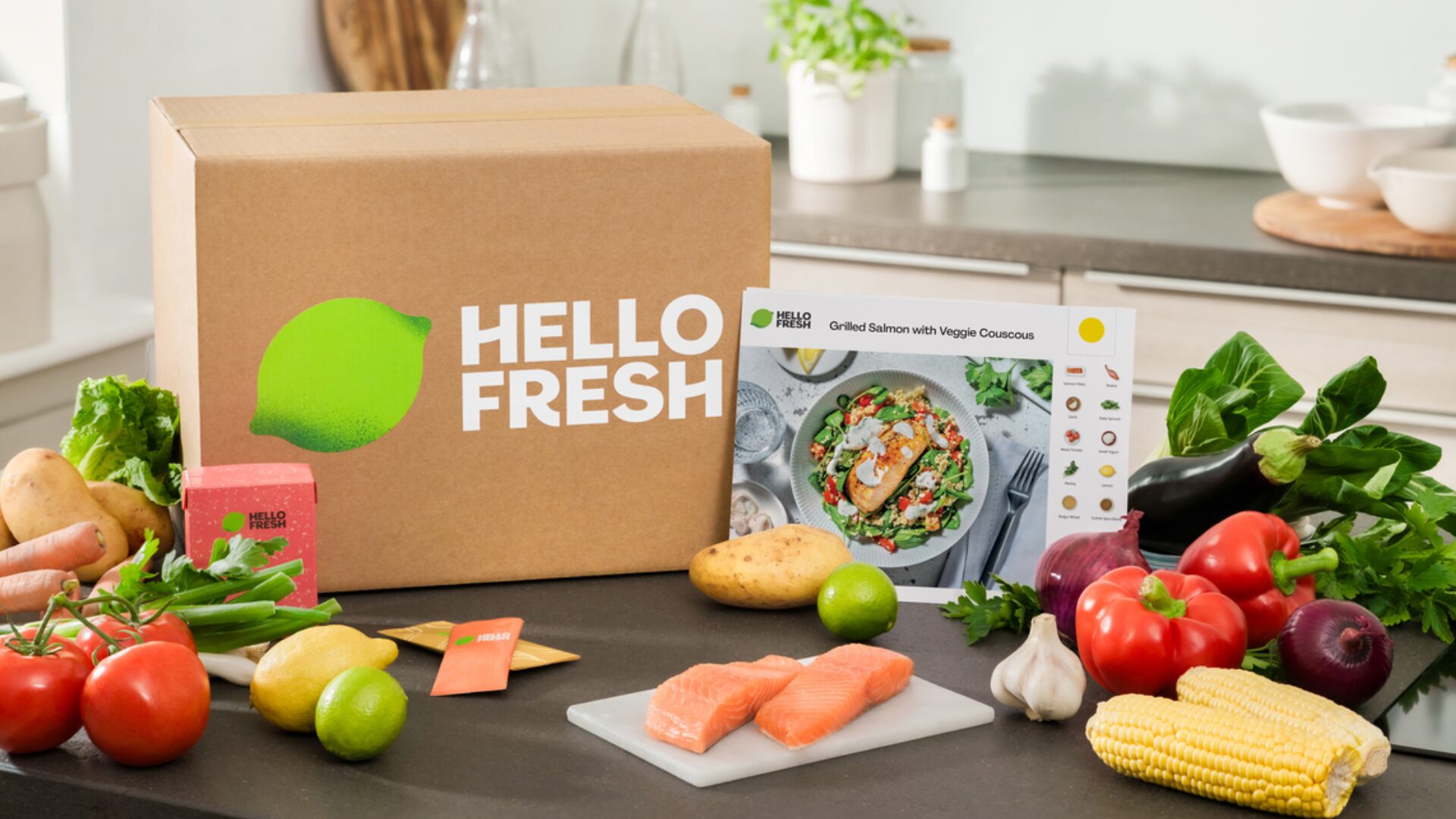Meal-kit companies are delivering mixed results in 2023. The difference between the category’s “haves” and “have-nots” appears to be widening.
“There’s a broad range of what’s considered a ‘meal kit’ today, reflective of rapidly changing consumer preferences—leading to increasing bifurcation between winners and losers,” Robert Chen, CEO of EatMise, told The Food Institute.
In many consumers’ minds, the Covid pandemic is over. They’re no longer as willing to bunker down and cook at home as they were a few years ago, when coronavirus raged. Data from the U.S. Census Bureau shows eating and drinking establishments saw $91.1 billion in sales in July, up 1.4% from June, and that figure was up 11.8% from July of last year before adjusting for inflation.
“During the pandemic, meal kits grew in popularity. … The issue is, however, that the [current] rate of consumption isn’t keeping up with the schedule of delivery,” said McKenzie Rockwood, a registered dietitian and co-founder of Citrus Pear. “This results in wasting food, cancelling subscriptions, and customer burn-out on different services.”
Negative News
The global meal kit market was estimated at $14.8 billion (USD) in 2022, and it’s expected to reach $55.4 billion in value by 2032, exhibiting a robust CAGR of 14.5% during that time frame, according to MarketResearch.biz. Yet, much of the recent news involving the meal-kit category was rather gloomy.
Early this summer, Freshly halted its DTC meal delivery business—which had struggled as the Covid pandemic waned and consumers began shifting their food spending back outside of the home, as noted by Food Business News. Blue Apron cut 20% of its workforce after selling much of its assets to FreshRealm in June. Additionally, HelloFresh announced plans to lay off more than 600 employees late last year.
HelloFresh said its North American business margins improved in Q2 2023, despite a 1.4% dip in revenues, Supermarket News reported.
A Crowded Category
Competition within the meal-kit segment has grown fierce. Startups have continued to enter the space in recent years, like The Cumin Club, Nosh Simple, and Spade & Spoon, to name just a few. Experts say the segment’s challenges—like tricky logistics—continue to mount.
“It’s always a challenge to balance convenience, affordability, and taste,” said Chen, who oversees a restaurant meal-kit delivery company. “Today’s meal kit does a good job of addressing (those) pain points. However, there are deficiencies that consumers struggle with that are often the result of the industry’s rigid business model—lack of menu variety, inflexible ordering, and packaging waste.”
To further address such issues, meal kit companies will need to tweak their traditional models.
The most successful meal-kit companies will be quick to adapt to rapidly to evolving consumer tastes, Chen said, adding: “Company operational models need to be nimble and asset-light in order to cater to [modern] consumers.”
Rockwood largely shared that sentiment.
“The meal-kit industry’s success in the coming 12-24 months will be driven by its ability to differentiate, cater to individual preferences, prioritize health and wellness, and offer budget-friendly solutions,” the Citrus Pear co-founder said.












